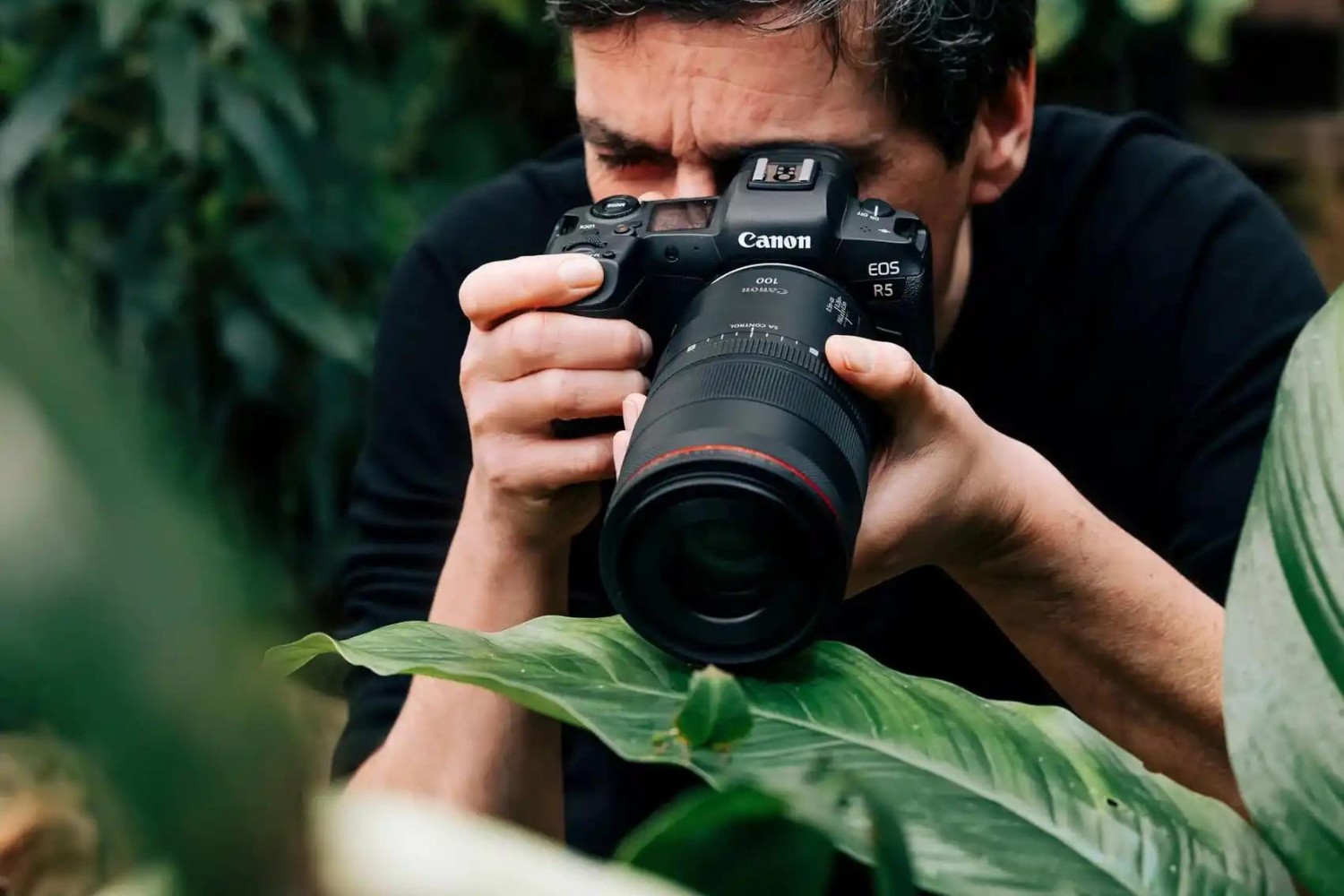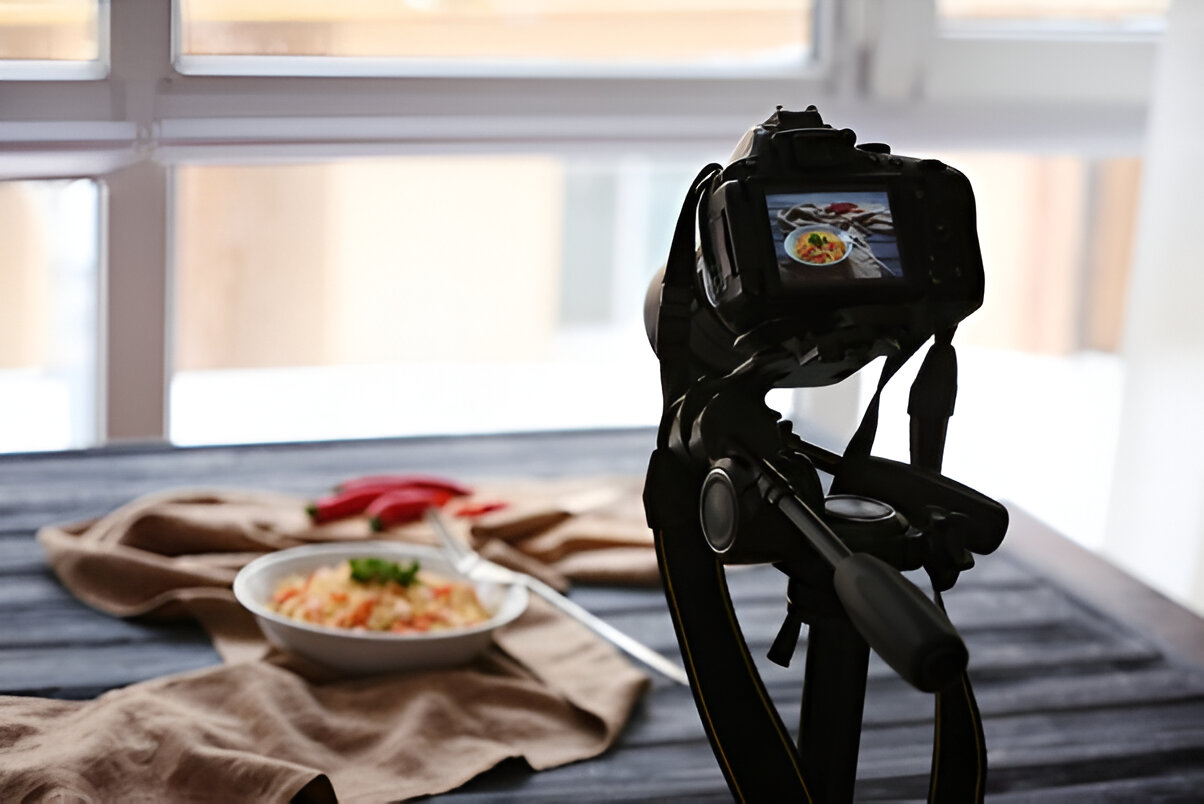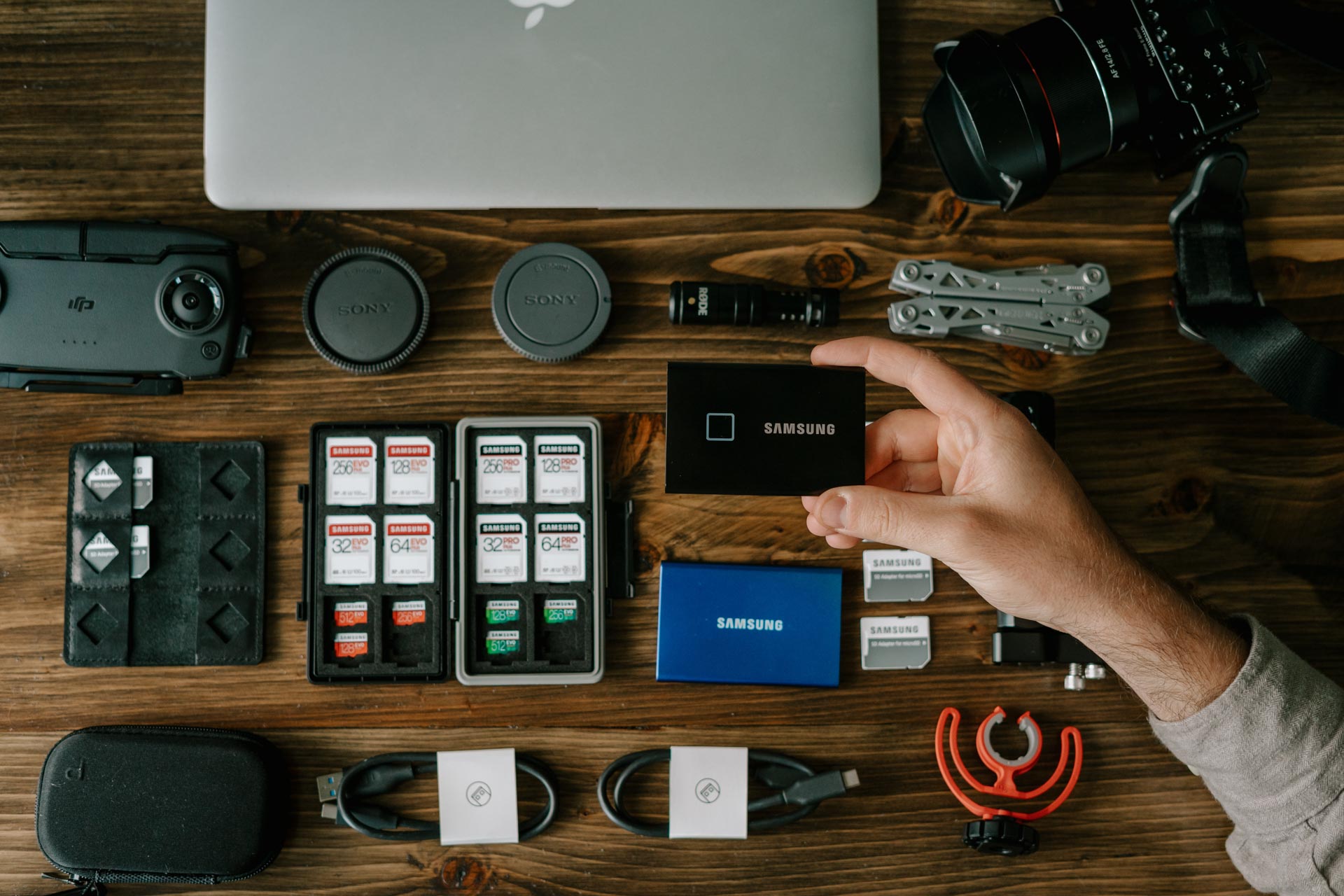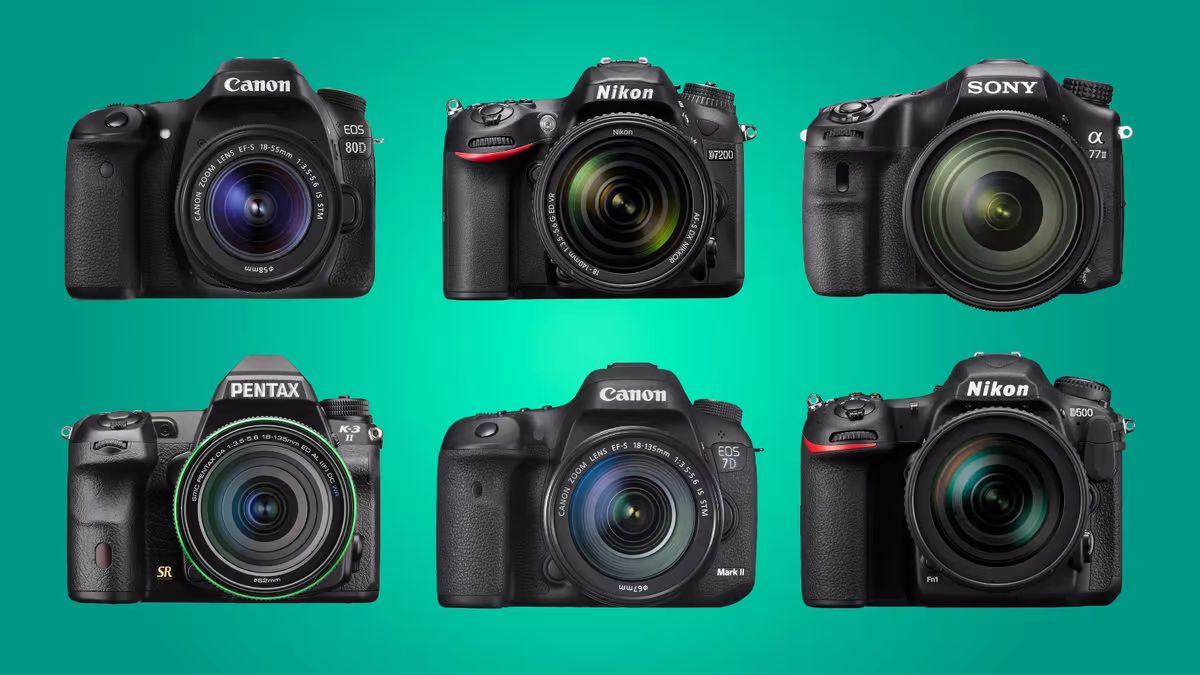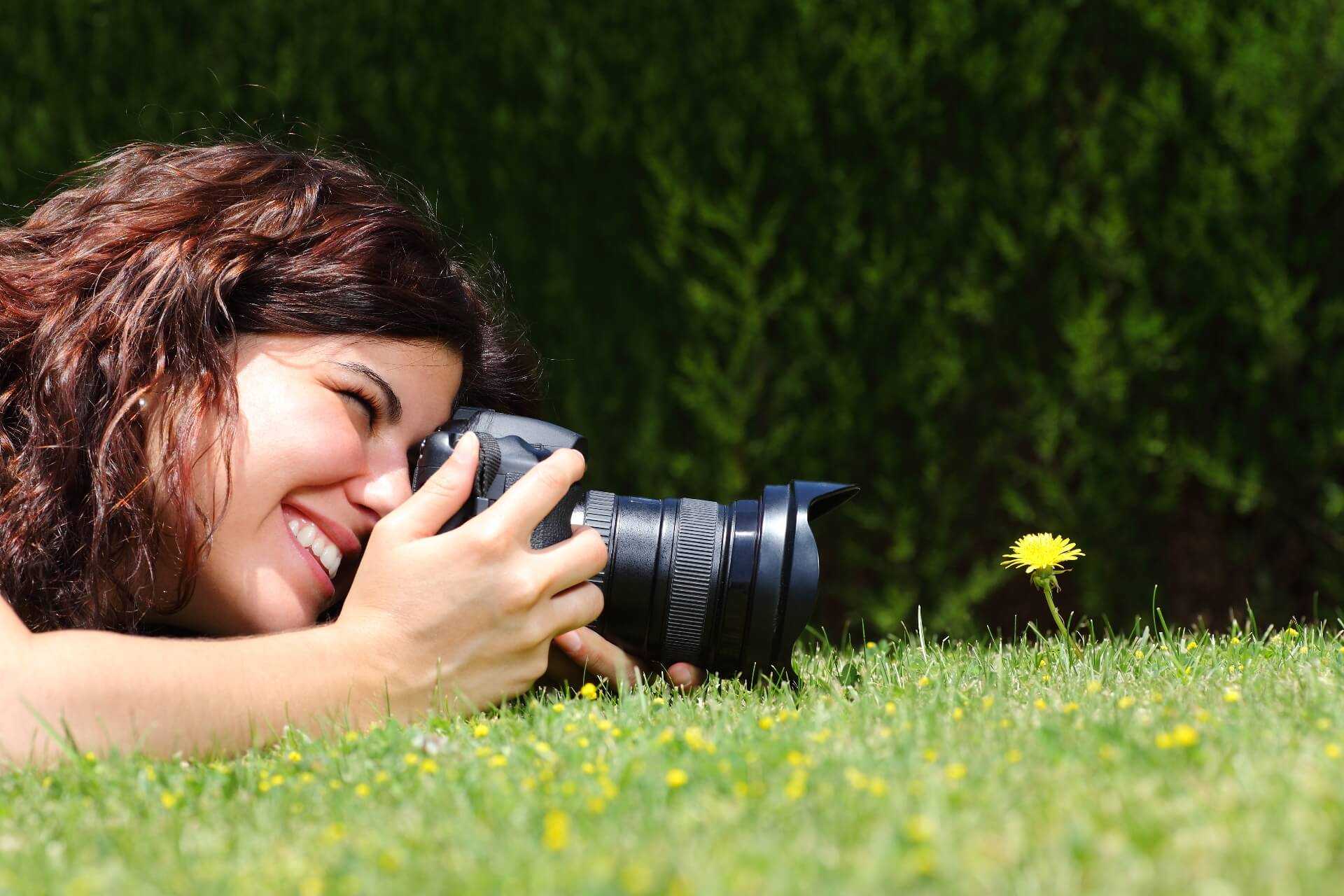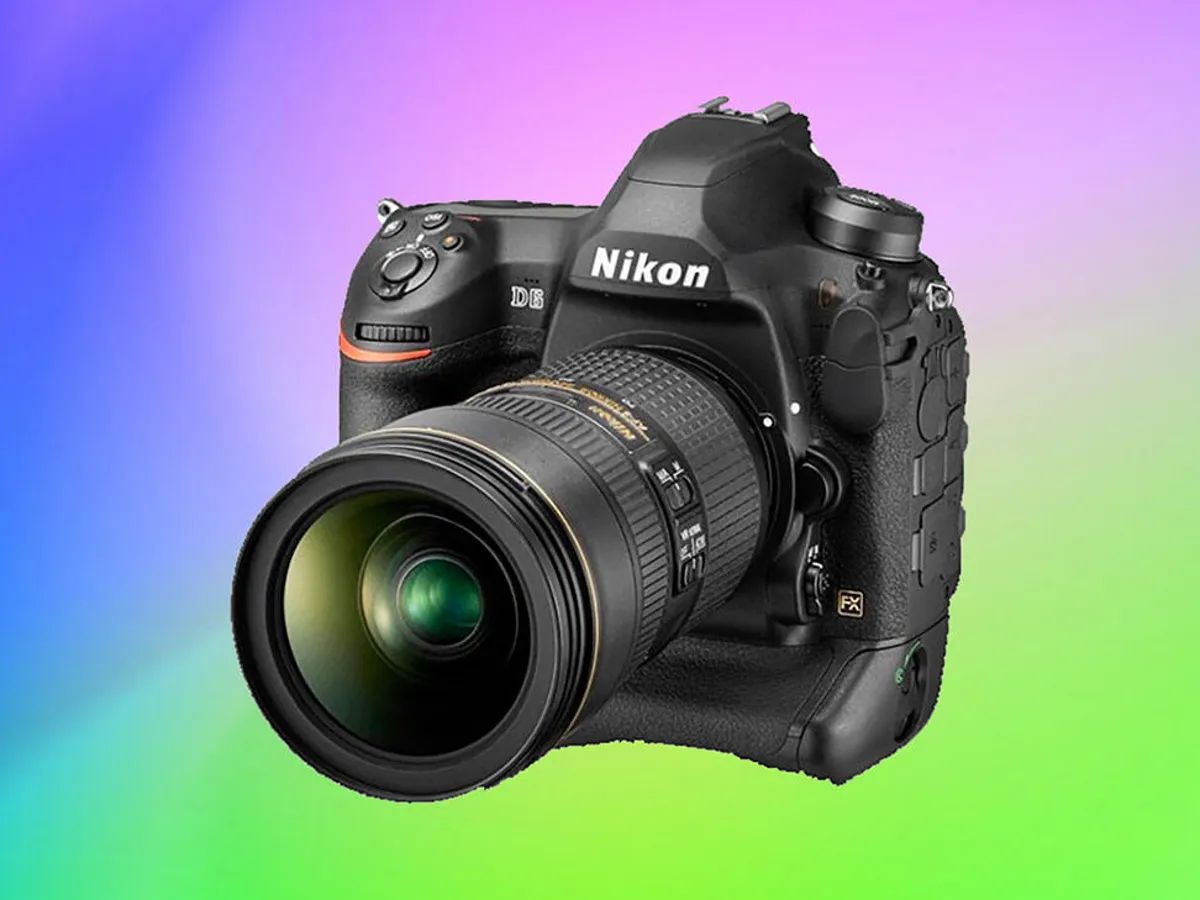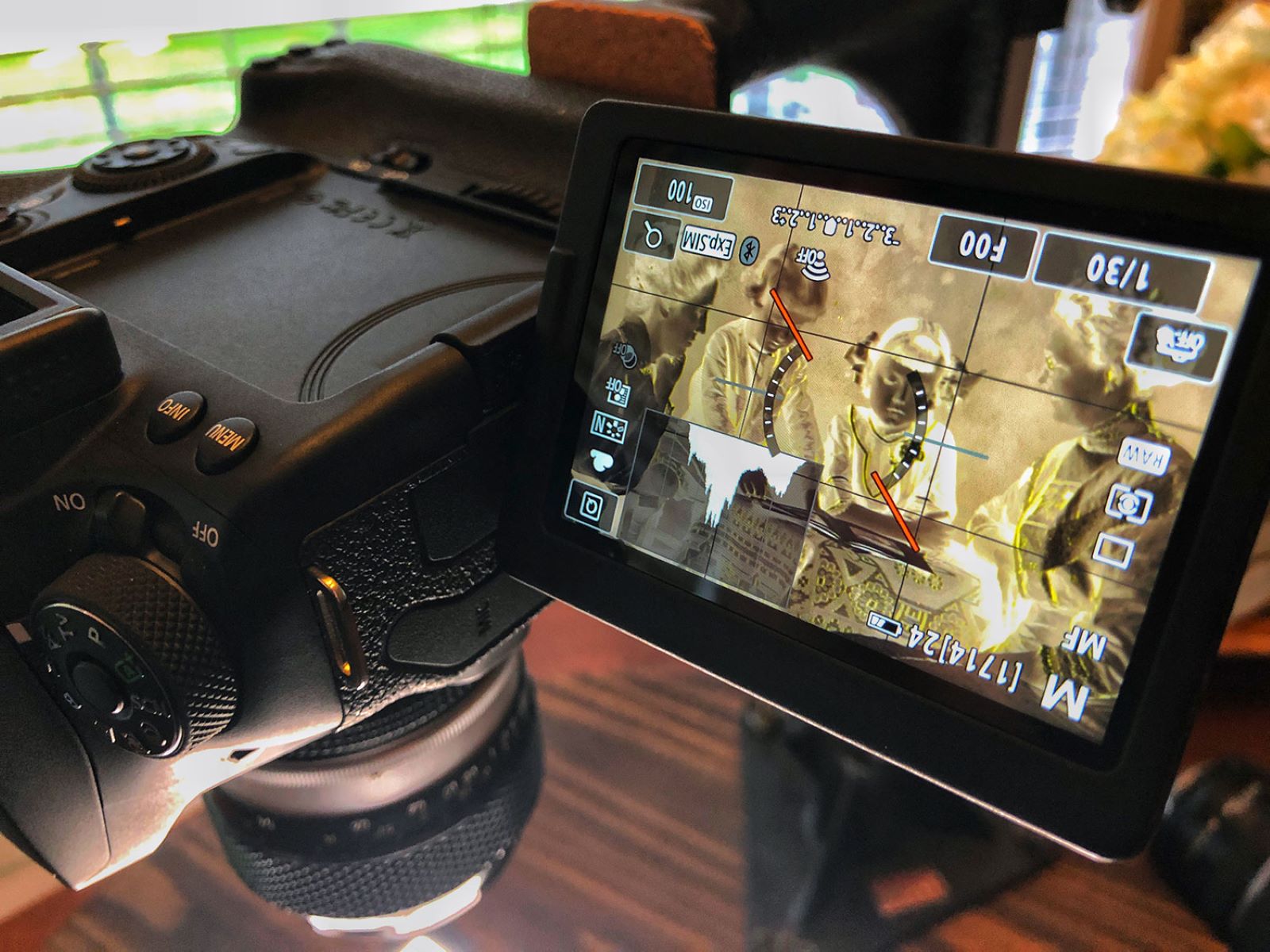Introduction
Introduction
Are you passionate about capturing the intricate details of nature or small subjects up close? If so, macro photography might be your calling. The art of macro photography allows you to explore the mesmerizing world of tiny subjects, unveiling their beauty and complexity through the lens of a camera. However, achieving stunning macro shots requires more than just skill and creativity; it also demands the right equipment. Among the essential tools for macro photography, a DSLR camera stands out as a versatile and powerful choice.
In this guide, we will delve into the intricacies of selecting a DSLR camera for macro photography. Whether you're a budding enthusiast or a seasoned pro, choosing the right DSLR camera is crucial for capturing striking close-up images. From sensor size and resolution to lens compatibility and low-light performance, we'll explore the key factors that can elevate your macro photography to new heights.
By understanding the nuances of DSLR cameras and their features, you can make an informed decision that aligns with your specific macro photography needs. Let's embark on this journey to unravel the secrets of choosing the perfect DSLR camera for your macro adventures.
Understanding Macro Photography
Macro photography is a captivating genre that allows photographers to capture subjects at an extremely close range, revealing intricate details that are often invisible to the naked eye. This specialized form of photography enables the exploration of tiny subjects such as insects, flowers, and textures, unveiling a world of beauty and complexity that might go unnoticed in everyday life.
One of the defining characteristics of macro photography is the ability to achieve a 1:1 magnification ratio, where the subject is reproduced on the camera sensor at life-size or larger. This level of magnification offers a unique perspective, showcasing the finer details and textures that define the subject. Whether it’s the delicate veins of a leaf or the iridescent wings of a dragonfly, macro photography allows for a profound exploration of the minuscule world around us.
Mastering macro photography requires a keen eye for detail, an understanding of lighting and composition, and the technical proficiency to capture sharp, focused images at close distances. Additionally, the choice of equipment, particularly the camera and lens, plays a pivotal role in achieving exceptional macro shots. The intricacies of selecting a DSLR camera for macro photography go beyond standard features, as the unique demands of close-up shooting necessitate specific capabilities and functionalities.
By comprehending the essence of macro photography and its distinctive requirements, photographers can appreciate the significance of choosing a DSLR camera tailored to this specialized genre. From magnifying the minute details of nature to unraveling the enchanting world of small subjects, macro photography offers a gateway to a realm of visual exploration that is both awe-inspiring and rewarding.
Considerations for Choosing a DSLR Camera for Macro
When venturing into the realm of macro photography, selecting the right DSLR camera is a critical decision that can significantly impact the quality and versatility of your close-up images. Several key considerations should guide your choice, ensuring that the camera not only meets the demands of macro photography but also accommodates your specific shooting style and preferences.
One of the primary factors to evaluate when choosing a DSLR camera for macro photography is the sensor size and resolution. A larger sensor can offer greater detail and enhanced depth of field, allowing for sharper and more immersive macro images. Additionally, a higher resolution sensor provides ample room for cropping, enabling you to magnify and showcase the intricate details of your subjects without compromising image quality.
Lens compatibility and focusing capabilities are equally crucial when selecting a DSLR camera for macro photography. The camera should support a range of macro lenses, offering diverse focal lengths and magnification ratios to cater to various shooting scenarios. Furthermore, precise and responsive focusing mechanisms, such as advanced autofocus systems and manual focus options, are essential for achieving pinpoint accuracy when capturing close-up subjects.
Image stabilization is another vital consideration, particularly in macro photography where minute movements can lead to blurred images. A DSLR camera equipped with effective image stabilization technology helps mitigate the impact of camera shake, enabling you to capture sharp and clear macro shots even in challenging shooting conditions.
Low light performance is a significant aspect to ponder, as macro photography often involves shooting in dimly lit environments or during twilight hours when natural light is subdued. A DSLR camera with excellent low light capabilities, characterized by high ISO sensitivity and minimal noise levels, empowers you to explore the nuances of macro subjects in diverse lighting conditions without compromising image quality.
While the aforementioned considerations are paramount, there are other features to contemplate when choosing a DSLR camera for macro photography. These may include the presence of a tilting or articulating LCD screen for flexible composition, the availability of a dedicated macro mode or settings, and the compatibility with external flash systems for illuminating close-up subjects with controlled lighting.
By carefully weighing these considerations and aligning them with your macro photography aspirations, you can make an informed decision when selecting a DSLR camera that not only meets but exceeds the demands of capturing stunning close-up images.
Sensor Size and Resolution
When considering a DSLR camera for macro photography, the sensor size and resolution play a pivotal role in shaping the quality and intricacy of your close-up images. The sensor size directly influences the field of view and depth of field, impacting the level of detail and the extent of background blur in macro shots. Additionally, a higher resolution sensor provides ample room for cropping, enabling you to magnify and showcase the intricate details of your subjects without compromising image quality.
For macro photography, a larger sensor size, such as a full-frame sensor, is often favored for its ability to capture finer details and produce images with enhanced depth and clarity. The larger sensor allows for a more immersive portrayal of macro subjects, accentuating their textures and nuances with remarkable precision. Furthermore, a larger sensor facilitates greater control over depth of field, enabling you to achieve striking background blur while maintaining sharp focus on the subject.
Resolution is another critical aspect to consider, as it determines the level of detail and sharpness in your macro images. A higher resolution sensor, typically measured in megapixels, provides the advantage of capturing fine details with exceptional clarity, allowing you to crop and enlarge your images without sacrificing quality. This is particularly beneficial in macro photography, where the ability to magnify and showcase the intricate features of small subjects is paramount.
When selecting a DSLR camera for macro photography, it is essential to assess the sensor size and resolution in relation to your specific shooting requirements. Whether you seek to capture the delicate patterns on butterfly wings or the intricate textures of botanical specimens, a camera with a larger sensor and higher resolution can elevate your macro photography endeavors, enabling you to unveil the mesmerizing details of the miniature world with unparalleled clarity and depth.
Lens Compatibility and Focusing
When delving into the realm of macro photography, the selection of lenses and the focusing capabilities of a DSLR camera are paramount considerations that significantly influence the quality and precision of close-up images. The ability of the camera to accommodate a diverse range of macro lenses, each offering unique focal lengths and magnification ratios, is crucial for catering to various macro photography scenarios.
Macro lenses are specifically designed to capture subjects at extremely close distances, enabling photographers to achieve a 1:1 magnification ratio or higher, where the subject is reproduced on the camera sensor at life-size or larger. The compatibility of a DSLR camera with an array of macro lenses empowers photographers to explore different perspectives and compositions, from capturing the intricate details of small insects to magnifying the textures of botanical specimens with varying levels of magnification.
Furthermore, the focusing capabilities of a DSLR camera play a pivotal role in achieving precise and sharp macro images. Advanced autofocus systems equipped with macro-specific features, such as focus limiters and focus stacking functionality, enhance the camera’s ability to acquire and maintain accurate focus on close-up subjects. Additionally, the availability of manual focus options with precise control is invaluable for fine-tuning focus and capturing minute details with utmost clarity.
For macro photography, the ability to achieve precise and responsive focusing is essential, particularly when capturing subjects with intricate textures and delicate features. The compatibility with a diverse range of macro lenses and the presence of advanced focusing mechanisms empower photographers to delve into the captivating world of macro photography with unparalleled versatility and precision, capturing the mesmerizing details of small subjects with exceptional clarity and depth.
Image Stabilization
Image stabilization is a critical consideration when choosing a DSLR camera for macro photography, as it directly influences the ability to capture sharp and clear close-up images, especially when working with high magnification and close focusing distances. In macro photography, even the slightest camera shake can lead to blurred images, making effective image stabilization technology indispensable for achieving optimal results.
DSLR cameras equipped with image stabilization systems, whether in the camera body or within compatible lenses, help mitigate the impact of hand movements and vibrations, allowing photographers to capture sharp and detailed macro shots with greater confidence. This technology is particularly beneficial when shooting in challenging conditions, such as handheld close-up photography or capturing macro subjects in natural environments where stability may be compromised.
For macro photography enthusiasts, the presence of reliable image stabilization can significantly enhance the overall shooting experience, providing the assurance that minute movements or vibrations will not compromise the clarity and sharpness of their close-up images. This is especially advantageous when working with higher magnification ratios, where precision and stability are paramount for capturing the intricate details of small subjects.
Whether you’re exploring the delicate features of a tiny insect or capturing the intricate textures of botanical specimens, a DSLR camera with effective image stabilization technology empowers you to delve into the captivating world of macro photography with greater precision and confidence. The ability to mitigate the impact of camera shake ensures that your close-up images remain sharp and detailed, unveiling the mesmerizing intricacies of the miniature world with exceptional clarity and finesse.
Low Light Performance
When venturing into the realm of macro photography, the low light performance of a DSLR camera holds significant importance, especially when capturing close-up subjects in dimly lit environments or during twilight hours. The ability of a camera to excel in low light conditions directly impacts its versatility and effectiveness in macro photography, where the nuances of small subjects often demand careful attention to lighting and exposure.
DSLR cameras with excellent low light performance exhibit characteristics such as high ISO sensitivity and minimal noise levels, enabling photographers to explore the mesmerizing world of macro subjects in diverse lighting conditions without compromising image quality. The capacity to achieve clean and detailed images in low light environments is particularly advantageous in macro photography, where capturing the intricate textures and delicate features of small subjects may necessitate shooting in subdued or challenging lighting scenarios.
Furthermore, the capability to maintain image quality and detail at higher ISO settings empowers photographers to push the boundaries of low light macro photography, capturing the subtle nuances and textures of close-up subjects with remarkable clarity and finesse. Whether you’re immersing yourself in the enchanting world of nocturnal insects or seeking to unveil the captivating details of botanical specimens in twilight settings, a DSLR camera with exceptional low light performance opens up a realm of creative possibilities in macro photography.
By harnessing the low light capabilities of a DSLR camera, photographers can embark on captivating macro photography adventures, exploring the intricacies of the miniature world with unparalleled clarity and sensitivity to light. The ability to capture the mesmerizing details of small subjects in dimly lit environments amplifies the creative potential of macro photography, allowing for the expression of visual narratives that unfold in the subtle interplay of light and shadow.
Other Features to Consider
Aside from the fundamental considerations such as sensor size, resolution, lens compatibility, focusing, image stabilization, and low light performance, several other features can significantly enhance the suitability of a DSLR camera for macro photography. These additional attributes cater to the specific demands of close-up shooting, offering functionalities that elevate the overall experience and creative potential in capturing the intricate details of small subjects.
The presence of a tilting or articulating LCD screen is a valuable asset for macro photography, providing flexibility in composition and enabling photographers to explore unique angles and perspectives when capturing close-up images. The ability to adjust the viewing angle of the LCD screen facilitates comfortable and precise framing, particularly when shooting at low or high angles where direct visibility through the viewfinder may be challenging.
Furthermore, the availability of a dedicated macro mode or settings within the camera’s interface can streamline the process of capturing close-up subjects, offering optimized parameters and adjustments tailored to the nuances of macro photography. These specialized settings may include focus bracketing, magnified live view for precise focusing, and exposure adjustments that cater specifically to the requirements of macro shooting, enhancing the overall efficiency and control in capturing stunning close-up images.
Compatibility with external flash systems is another feature to consider, as controlled lighting is integral to macro photography, especially when highlighting intricate details and textures with precision. The ability of a DSLR camera to synchronize with external flash units and support advanced lighting techniques empowers photographers to illuminate close-up subjects with tailored lighting, creating captivating visual narratives that accentuate the mesmerizing intricacies of the miniature world.
By evaluating these additional features and aligning them with your specific macro photography aspirations, you can discern the suitability of a DSLR camera for capturing stunning close-up images. The presence of these functionalities enhances the camera’s adaptability to the unique demands of macro photography, providing the tools and capabilities necessary to delve into the enchanting world of small subjects with creativity and precision.
Conclusion
Choosing a DSLR camera for macro photography is a journey that encompasses a myriad of considerations, each contributing to the ability to capture stunning close-up images with precision and finesse. From sensor size and resolution to lens compatibility, focusing, image stabilization, low light performance, and additional features, the selection of a DSLR camera tailored to the unique demands of macro photography is a pivotal decision that can significantly impact the quality and versatility of your close-up images.
By understanding the nuances of macro photography and the specific requirements it entails, photographers can navigate the diverse array of DSLR cameras available in the market with clarity and purpose. Whether you’re drawn to the delicate intricacies of floral macro subjects or the captivating world of tiny insects, the right DSLR camera serves as a powerful tool for unraveling the mesmerizing details of the miniature world, enabling you to capture visual narratives that unfold in the exquisite textures and patterns of small subjects.
As you embark on the quest to choose a DSLR camera for macro photography, consider the symbiotic relationship between the camera and the captivating world it enables you to explore. The camera becomes not just a tool, but a conduit through which the enchanting details of small subjects are revealed, inviting you to immerse yourself in the awe-inspiring realm of macro photography with creativity, precision, and a profound appreciation for the intricate beauty that unfolds through the lens.
Ultimately, the choice of a DSLR camera for macro photography is a testament to your commitment to capturing the mesmerizing details of the miniature world with unparalleled clarity and artistry. Embrace the journey of selecting a DSLR camera that resonates with your vision, and let it become the gateway to a realm of visual exploration where every intricate detail tells a captivating story, waiting to be unveiled through the lens of your chosen camera.







